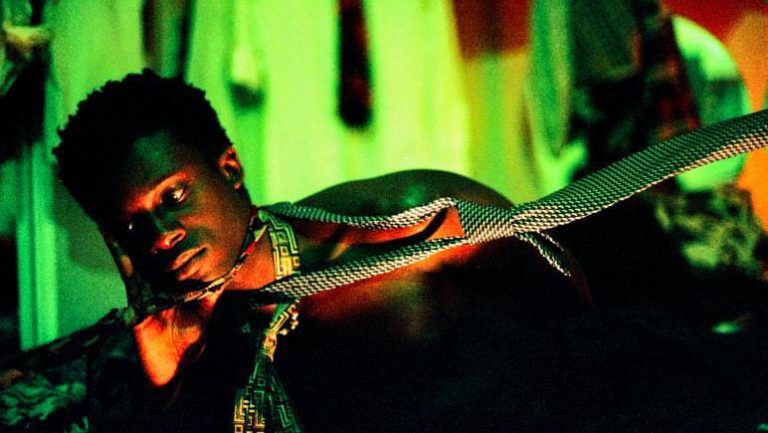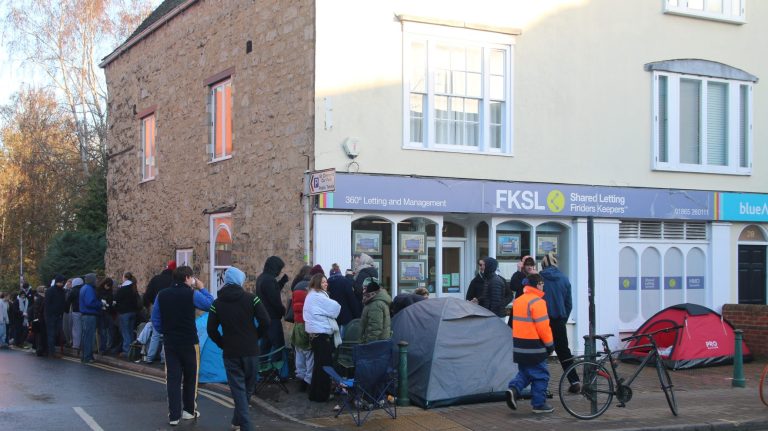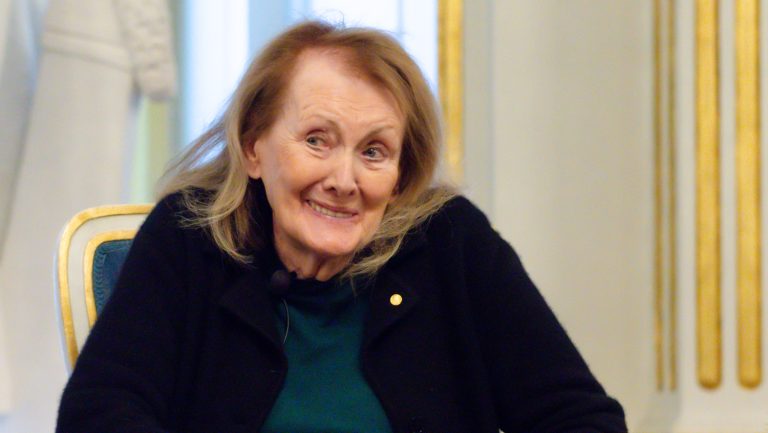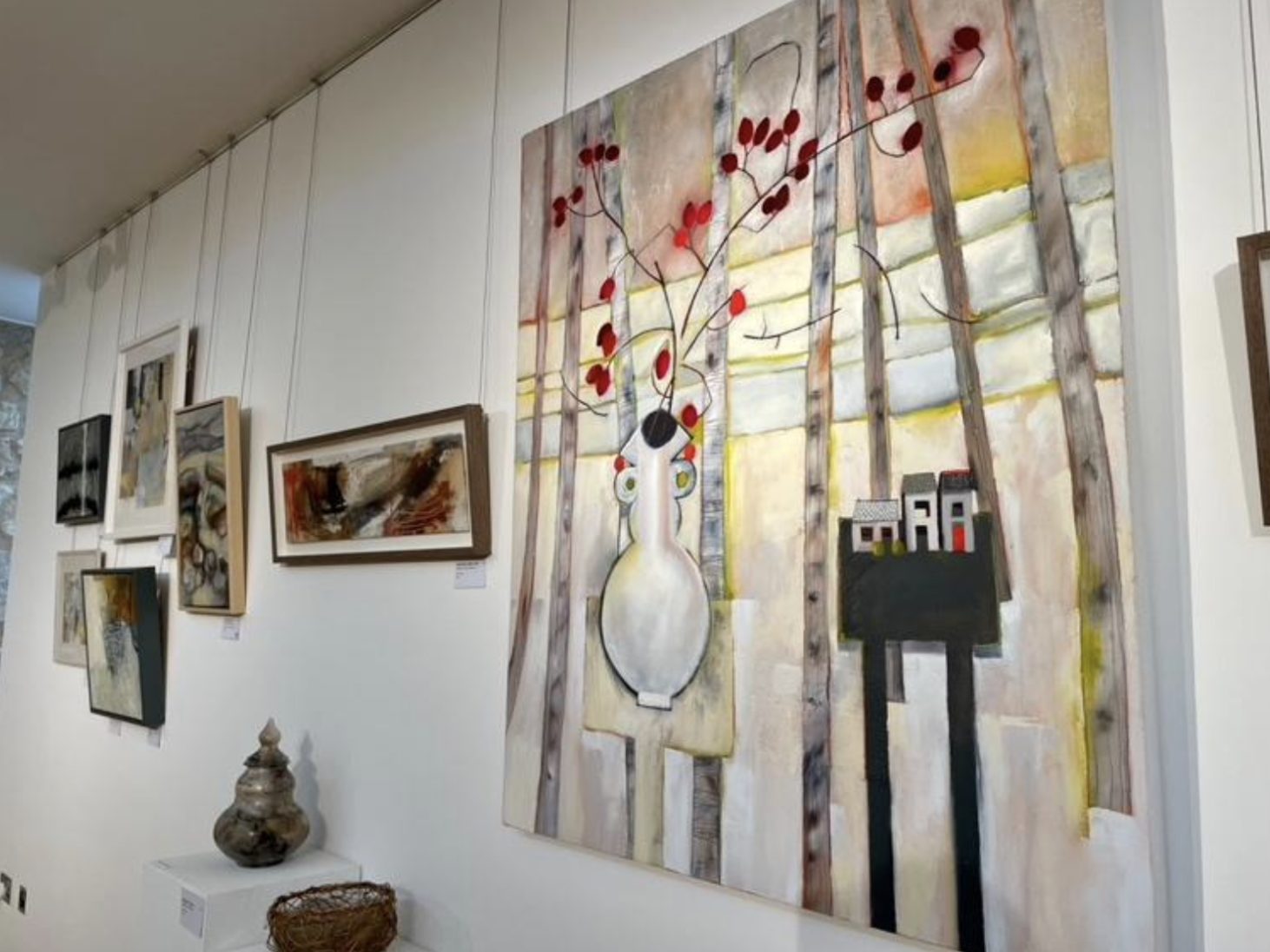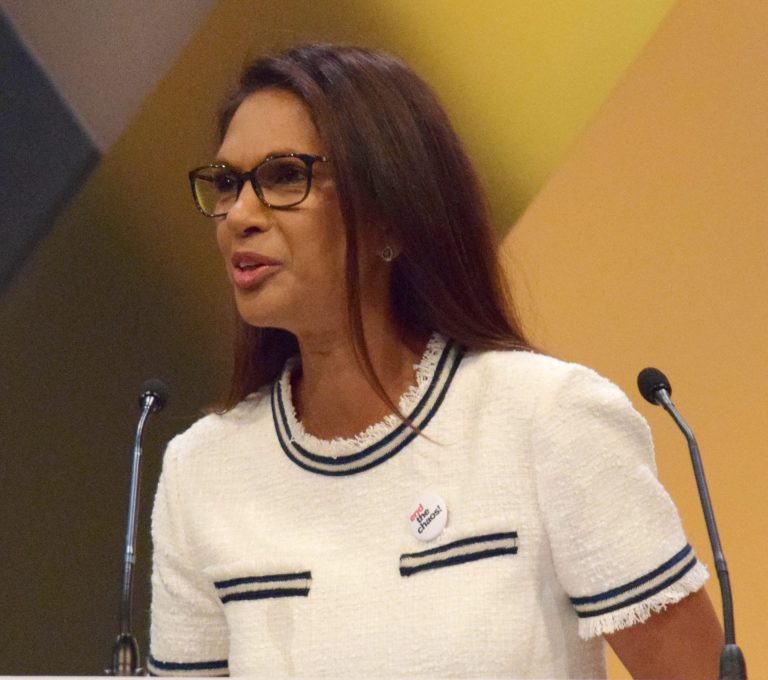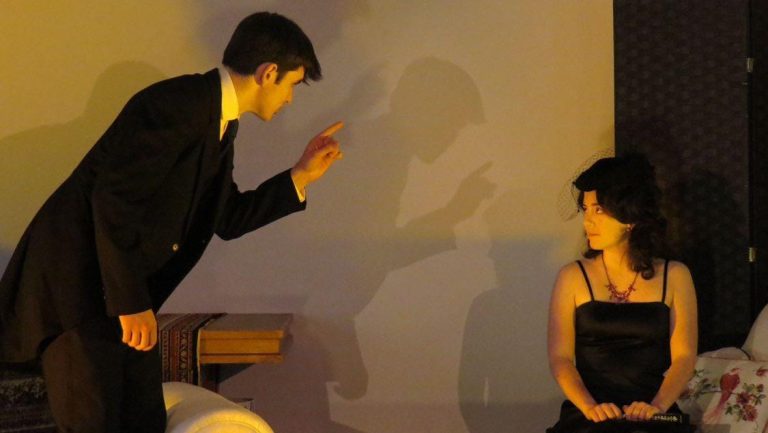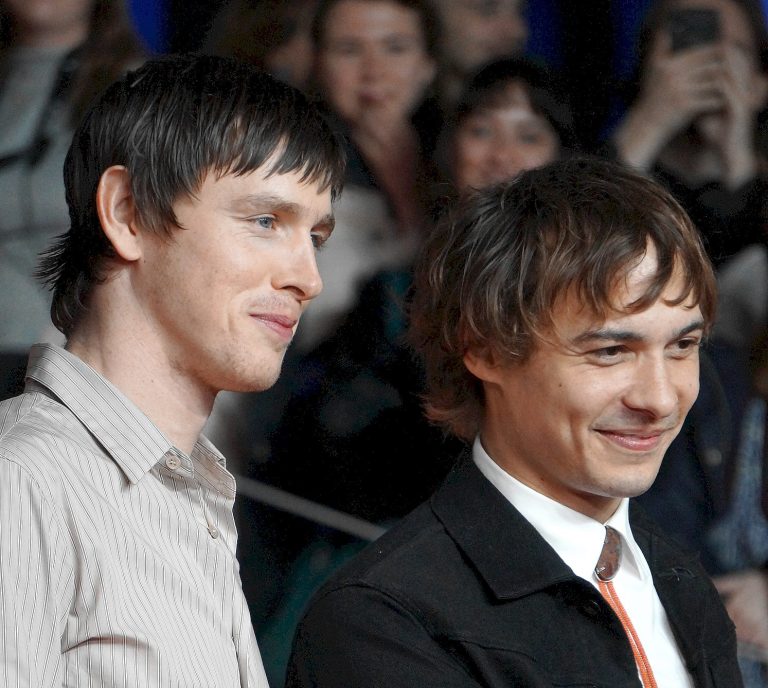Joe Osei, budding stylist and general fashion icon, shares his style secrets and where he’s shopping right now.
Cherwell’s current fashion inspiration is Joe Osei, a third-year PPE student at St Regent’s College. With experience working behind the scenes at Paris Fashion Week, and generally serving looks around Oxford, he shared his fashion secrets with me over coffee at the Weston Library Café.
Cherwell: What are you wearing right now?
Joe: On top, I have this military style jacket from Brick Lane and a Bella Freud jumper. My corduroy trousers are from Jaded London, but you’re not allowed to hate it because I’ve been looking for a pair of really baggy corduroy trousers for three years. I’m also wearing my New Rock’s which I’ve had for ages. The laces are actually from my Jordan’s, because I really love patching shit up and making it work. My socks and underwear… you don’t need to know about.
Cherwell: So, how would you describe your personal style?
Joe: I was at the library the other day, and someone asked me what prop closet I got my clothes out of. I think that’s a pretty decent description of my style! It’s like a costume, like playing dress up. I’ll go through my wardrobe and look for an outfit that’s either funny, looks good, or interests me in some way. I get dressed about fifteen times a day, so I can’t really limit my personal style to one thing.
Cherwell: Has Oxford affected your personal style?
Joe: Unpopular opinion, but a lot of people in this city know how to dress really well. One of my favourite things to do is to walk down the street and observe what people are wearing, and pick things out. My housemates also affect my personal style because I’ve got access to so many more things; I can look at something that one of my friends is wearing and go “oh, I know exactly how I’d wear this.”
Cherwell: What is your go-to library outfit?
Joe: Generally something that’s quite dark, usually black or navy. Even though I’m wearing massive shoes and my shirt is probably too tight, I’m in clothes that I know I can move about in.
Cherwell: What is your favourite item in your wardrobe?
Joe: My full-length mink fur coat from the 1960s that I got in an auction when I was meant to be in a politics lecture. It’s so iconic, and I got it for such a steal. I will be buried in it! I also have this bright pink opera coat, which my friends call my Marie Antionette coat. I worked in PR over the summer, and my favourite part of the job was playing around in the wardrobe department and being given these really stupid pieces of clothing. The opera coat is one of those things that is just so unwearable, but so fun to throw over a shirt and jeans.
Cherwell: What is your best vintage find?
Joe: My Burberry coat. I went for a job interview at 16 (which I didn’t get) and I wanted to treat myself, so I visited this Burberry reseller on Brick Lane. Even though I couldn’t afford the coat, the guy gave it to me for a fraction of the price. That’s why it’s my best find, because it was just a person deciding to be nice to me, and that’s so lovely.
Cherwell: What’s your biggest fashion faux pas?
Joe: I have never made a fashion faux pas, and I stand by that. When I look bad, I look bad on purpose. I think it’s funny to dress out of type and see what you can get away with.
Cherwell: What is one item of clothing you would never wear, and why?
Joe: Skinny jeans. I did ballet when I was younger, and so my tight school suit trousers just looked a little bit wacky with my proportions. I do feel like the skinny jean hate is overdone – the bandwagon is crazy because some of you look good in a pair of skinny jeans, but you’re unwilling to accept it because you’ve fallen for the propaganda.
Cherwell: What are the clothing items you think everyone should have in their wardrobe?
Joe: Dress shoes. Wearing trainers everywhere just looks bad, and it can really take away from an outfit because it looks like you haven’t thought about what you’re wearing from top to bottom. So, you’ve got to have a pair of shoes that aren’t trainers.
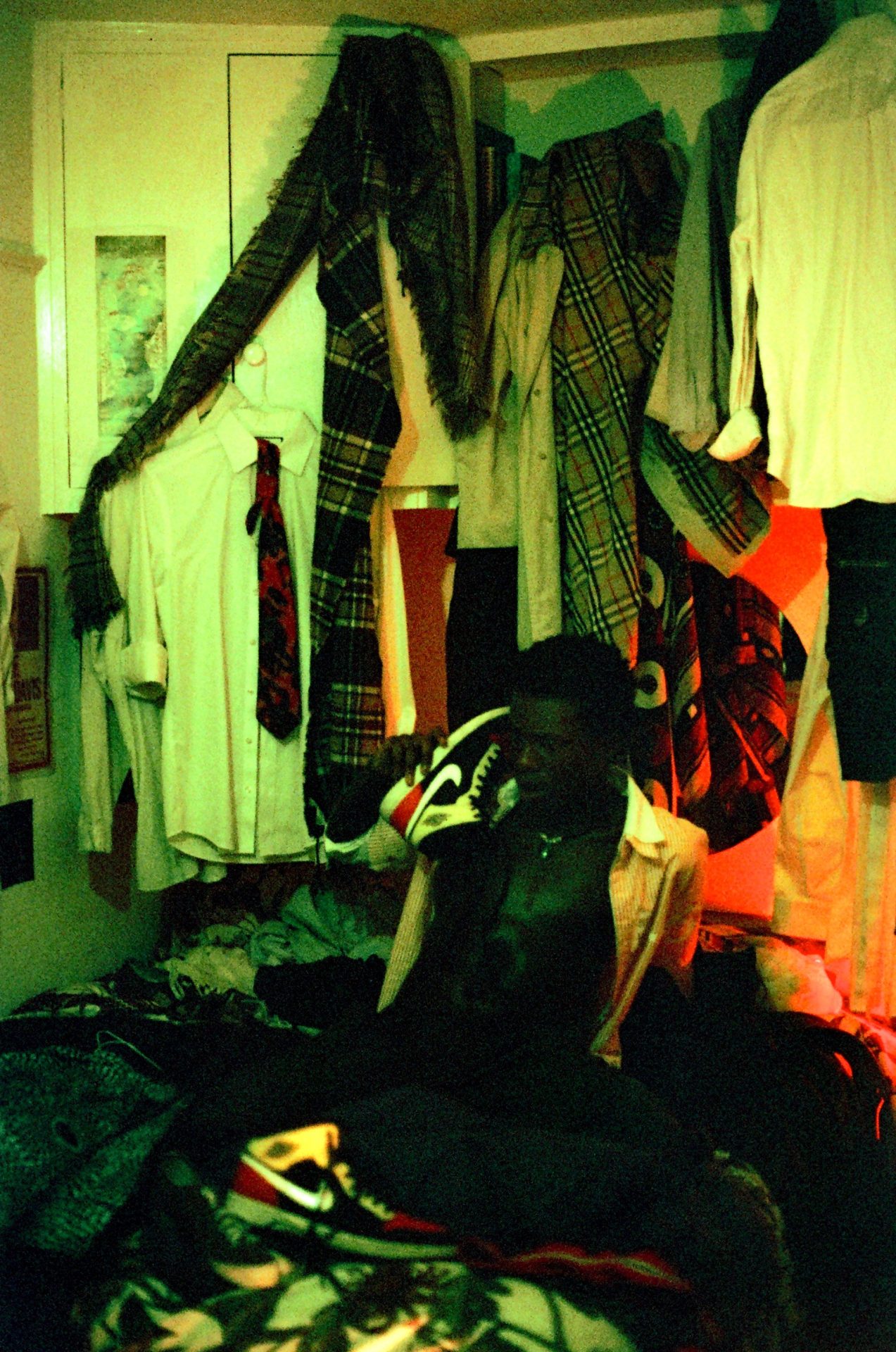
Cherwell: Where are you shopping right now?
Joe: I’m going to gatekeep because I hate you guys and don’t want you to have good things (“I want this to be quoted directly”). The one thing I won’t gatekeep is this app called Ganddee, which lets you know where all the second-hand stores are in any city that you’re in. I really need everyone to get on it, so they keep expanding, because I need to know where all the shops are.
Cherwell: What is your favourite place to shop in Oxford?
What Alice Wore. Once a month, she hosts a vintage pop-up where you can get lots of really cool curated vintage clothing. All of you should shop there more because she’s lovely, and if you’re nice and social, she might give you a discount. It’s also really nice to support local businesses.
Cherwell: You’ve accompanied fellow Oxford student and model Bebe Parnell to Paris Fashion Week. What was that like?
Joe: I’ve been three times. The first two times I was jobless – I was just there to shop and party! During the most recent one, I got a job doing the guest list for a fashion show. What I quickly realised was that it’s just kind of a job that’s really underpaid and overworked. It’s a lot of emails, taking pictures of stock, and getting the bus to deliver things to people. Once in a while, you get to feel like the most special person in the world because some famous stylist will come in and chat to you. But, right afterwards, you’ll remember that it’s basically like being a shop assistant convincing people to wear and buy things.
Cherwell: How is styling someone else different to dressing yourself? Do you take a different approach?
Joe: I look at them, at their bodies – certain silhouettes will look really great, where others will look kind of wacky. I also look at the way they express gender. Bebe recently told me that she wants to look like Patti Smith in the 1970s, so I created a mood board and selected certain items which I thought were interesting and that I could easily source. More important than money is the time – if you want to look good, you’ve got to be willing to dedicate an unnecessary amount of your time to just observing clothes. Additionally, apps like TagWalk, which enable you to search for specific items on the runway, are useful. I’m really just doing what I do with myself, but on a different body.
Cherwell: Do you have a fashion icon or designer that inspires you?
Joe: No, but I have an era that inspires me massively. I believe the early 2000s defined modern menswear. Within the space of about five years, we defined what masculinity looks like today. You can see the ultra-baggy silhouettes from the ‘40s and the ultra-tight, really skinny, coming into its own during that time.
Cherwell: Who in Oxford do you see as a fashion icon?
Joe: All female tutors are fashion icons in their own way. It’s interesting to see how they deal with a patriarchal institution (Oxford) in the way that they dress. Some of them will take themselves hyper seriously and dress in the mixed stereotype of what it means to look like an academic. Then, once in a while, you’ll have a really cold tutor who pulls up wearing a full leather pants suit. I think female tutors are the real fashion icons.
Cherwell: Any final fashion advice?
Joe: Unfollow every fashion influencer, because they are casting spells on you and forcing you into microtrend hell, where no one wants to experiment or admit that they like something that’s a little bit outdated. Even though something isn’t on trend anymore doesn’t mean it’s not cold. Don’t listen to them. Do what you want. Unfollow them now (unless it’s me).


